By Dr. Ashley Holding and Paula Lorenz
Cactus leather. Apple leather. Coffee shoe foam.
It seems like every other week, there is a new story praising the latest material that might be a revolutionary new alternative to some existing material, such as plastic or leather.
There is a pattern that connects many of these innovations: they incorporate plants or food (waste) in their composition. These materials often go through a short-lived, but very effective hype by the media, that makes readers celebrate a new sustainable milestone.
But there is often a great disconnect between appearances and how sustainable, on balance, these materials actually are. A key feature of these materials is in the amount of information that the producers choose to omit. Marketing materials are carefully crafted to lead the consumer down a journey to make them believe the product is solving a problem like climate change, or plastic waste, without giving much detail on exactly how. Often a product might say it is “made from” some kind of natural material, even if what it is “made from” only makes up a small fraction of the product.
The crux is in the information imbalance between producers and the larger public, as well as a certain naiveté when it comes to believing marketing claims, especially when they address something as emotionally-laden as our planet and environment. We want to believe that something is good when it addresses a good cause. Unfortunately, the full picture is a lot more complex, and sometimes things do sound too good to be true. To illustrate the problem, we’ve picked out a couple of examples.
Vegan Leathers That Are Hybrids of Plastics and Natural Materials
Example: Desserto, A Vegan ‘Cactus Leather’
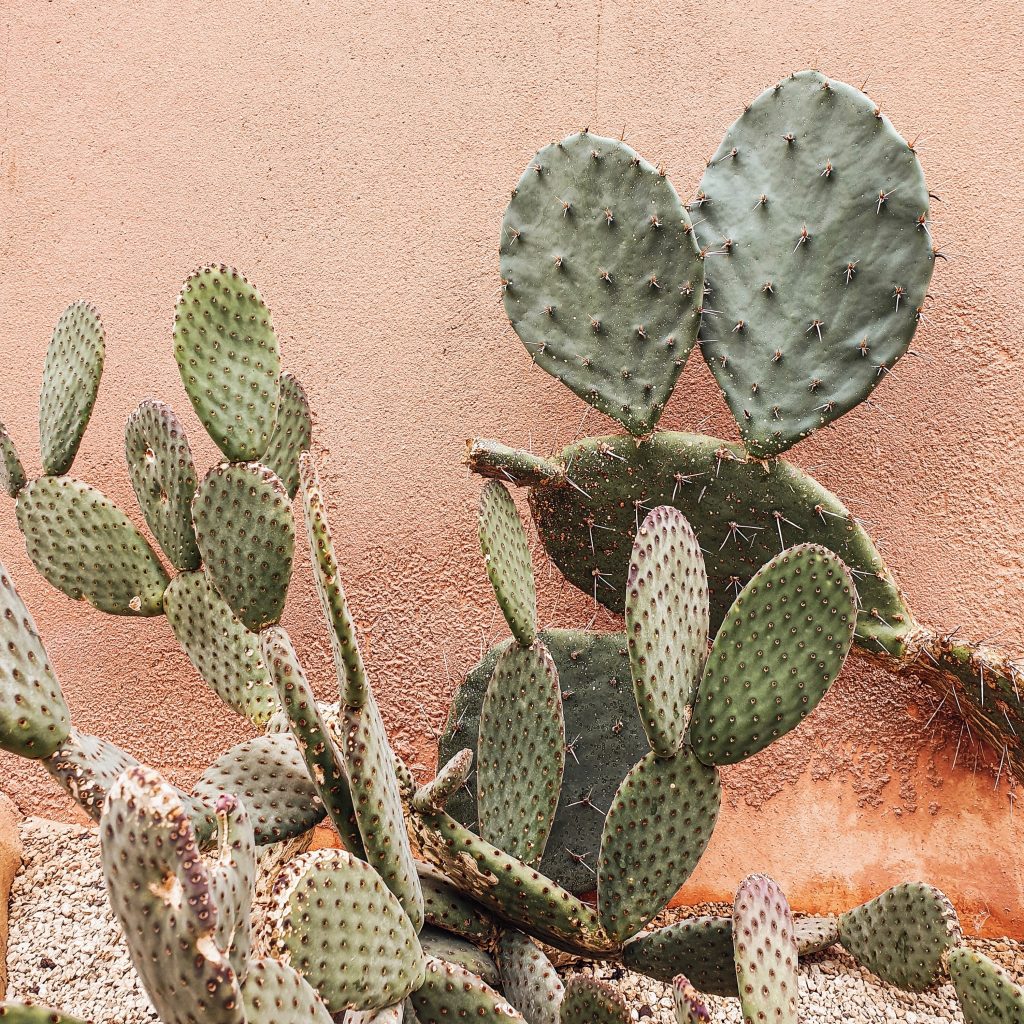
A recent alternative leather material called ‘Desserto’ was launched to much fanfare, that was the subject of a large number of viral social media posts, press stories, promotional gifs and glowing social media commentary.
Desserto advertises a vegan ‘leather’ made from cactus. Their marketing revolves around the story of two friends deciding to use cacti, which are abundantly available in their native Mexico, to make a leather alternative. A leather alternative made from cactus sounds wonderful, but this is a great example of how sustainability is used as a powerful tool in marketing by omitting information.
Let’s look at some of the claims about this material:
Desserto is supposedly made from cactus, but when you read further, it is actually only partly made from cactus. The rest are undefined chemicals, the identity of which the company does not want to reveal. The only information the manufacturers provide is the green sounding description of ‘non-toxic chemicals’. This raises many questions, such as ‘how much cactus is in there?’ and especially ‘what else is in there?’.
Secondly, it becomes very obvious that this information is deliberately worded in a way that reveals it is, in truth, not plastic-free. Desserto does not claim the cactus leather is plastic-free because they know it isn’t, but don’t want to openly say so. Instead they advertise that it is ‘PVC-free’, which only means that it does not contain a particular kind of plastic.
Through deeper investigation, we were able to find out that the main ingredient in Desserto cactus leather is actually the plastic polyurethane (65%), whilst cactus only makes up 30% of the material by weight, as described in its listing on a materials database.
The fact that many publications do say this material is plastic free, is a sign that the way it is marketed has led many people to an incorrect conclusion, even if this is not a claim they directly make themselves.
One of the biggest misleading factors in the marketing of Desserto though is the biodegradability claim. The material is said to be ‘partly‘ biodegradable. In reality, there is no such thing as a material being partly biodegradable: either the whole material is biodegradable, or it isn’t. There’s not much use for a commercial composter, for example, if a material leaves a non-biodegradable plastic residue in their compost.
So, on balance, what is left? The sustainability case for this material is a lot weaker than it looks. It can be argued that the cactus content will reduce the carbon footprint compared to pure polyurethane and certainly to animal leather. But there are much wider things to consider when designing a sustainable material.
The big downside comes when you look at the end-of-life options of the material. Once a product with this material has reached its end-of-life, it has no sustainable pathway available to it. It is neither suitable for composting, nor can it be recycled. It would contaminate sensitive recycling processes that rely on relatively pure material streams. So in the end, the only thing that is left, is that it will be incinerated or landfilled. No usable value from the waste can be extracted, and in the next product cycle, new petroleum resources will need to be used.
There are other examples of similar alternative leathers which are composed of natural materials and PU based plastics, and the one thing they have in common is the lack of information on just exactly what they are made from. This makes it very difficult for the average consumer to know exactly what they are buying, and to make conscious, informed decisions.
Alternative: Fully Plant-Based ‘Leather‘ Materials
Some companies are bucking this trend, such as Natural Fibre Welding, who create a vegan leather substitute called Mirum that is entirely made from natural materials, without any plastics. We asked Natural Fibre Welding CEO and Founder, Dr. Luke Haverhals to explain their approach: “Mirum has the lowest resource and carbon footprint and the lowest ecological impact in its category. It’s unique in that it uses zero plastic: no PU, no PVC, no EVA, no petrochemicals”. It’s able to be recycled, he says, in the same process used to create the material. Furthermore, it’s also able to be ground up for addition to soil “no different than grinding up wood or leaves at the end of the growing season.”
With regards to other alternative leathers that combine plastics and natural materials, Dr. Haverhals says: “There is not really strong evidence that the resource footprint of those materials is reduced at all due to the extra complexity of manufacturing and shortened product lifetime. Using any plastics at all entails all of the negative externalities associated with fossil resource exploration, extraction, transportation, and processing that goes towards making plastic.”
And he also sees microplastics as a concern: “Have you ever noticed how the coatings on synthetic plastic leather-like materials tend to ‘flake’ off with time? This problem is often exacerbated with plastic-natural hybrid materials since the adhesion between natural materials and plastics are often less because of reduced chemical compatibility.”
Approaches like the one taken by Dr. Haverhals have the potential for a much better environmental impact in the long run, than creating hybrids of plastic and natural materials. Avoiding both the use of new petroleum resources and the mixing of petroleum and natural materials is key. And concentrating on what happens to materials at the end of their life is equally important for lowering environmental impact. By being both recyclable and biodegradable, the primary value of the material can be maintained, but in the case that it is not recovered, it is less of a threat to the natural environment.
Shoes That Mix Different Plastics and Natural Materials
Example: XpreSole “Coffee Shoes”

In another example of plastic and natural material hybrids, a kickstarter for a brand new shoe brand ‘XpreSole’ by Japanese shoe company Ccilu raised more than £62,000 and promised the ‘world’s first’ coffee based shoes (there are also other examples of companies who are making coffee-based shoes).
In this shoe, we see a mish-mash of different coffee and plastic containing materials in one shoe. We see recycled PET (polyester) and coffee, petroleum-based EVA foam and coffee, and petroleum-based polyurethane foam and … coffee. Again, the core idea here is the brand portrays the shoes as sustainable because they are replacing 30% of the mass of the product with a natural, waste material. But is this really a good thing?
It’s true that it may reduce the corresponding carbon footprint, for example, by up to 30%. But there’s much more that could be done that would have a greater reduction in the environmental footprint, when looking at the long term impact of the product over many manufacturing and use cycles. They could replace any of these petroleum-based plastics with fully bio-based plastics, and focus on recyclability, or look into fully compostable and natural materials instead.
Another coffee shoes brand, Rens, goes one step further whilst using recycled plastic for part shoes, the fabric in the polyester upper. But in both cases there is little mention of what happens to the shoe after it has been used, even though they focus on diverting coffee grounds from landfill as a key selling point. Designing for a technical or a biological cycle, in accordance with Cradle-to-Cradle philosophy, is a useful guiding principle. Mixing these two pathways in one material, or even in one product, without any method of disassembly will simply lead to a mass of material that has no method of recovery. It truly represents the “worst of both worlds” – the negative drawbacks of plastic, and compostable, natural materials, without the benefits of either.
Often, companies touting plastic and natural-material hybrid mixtures will claim they are still ‘technically’ recyclable. Even if the material still technically has thermoplastic (able to be melted and re-melted again) properties, a plastic containing up to 30% of an added impurity is not an attractive proposition for any recycler that wants to sell a large volume of a pure, high grade product. This is a key problem for many plastic and natural material hybrids. There are methods of chopping up the plastic-hybrids and gluing them back together again with binders to make a ‘recycled’ product again, but this is only a method of giving the material an extra life – it doesn’t preserve the value of the original material, and it isn’t conducive to a truly circular economy.
Be More Alert To Sustainability Marketing Trickery
When it comes to assessing big sustainability claims about products, it’s wise to be cautious. It is important to question how much of the main, advertised ingredient a material really contains. And equally, for products that are marketed as plastics alternatives, whether it is actually plastic-free. If the answer is that the product does not contain certain kinds of plastics, that means in all likelihood, it does contain some form of plastic.
Furthermore, it is important to have information about the end-of-life pathways of the material. Is it recyclable, or biodegradable? Unfortunately though, it is often difficult to see whether any claims about recyclability or biodegradability are actually true. There is a lot of trickery being done with both of these words and they often don’t stand up to scrutiny. The important indicator here is that any such claims about recyclability and biodegradability need to be verified, either through a recognised certification or an independent analysis, that can prove whether claims are true.
A truly sustainable material will have a valid concept in which the effects on the environment at every stage in its life-cycle have been considered, from cradle to grave (or ideally, from cradle to cradle). Therefore, it matters whether a producer has considered the sustainability credentials of a product only until the point of sale, or beyond for it’s whole life cycle. A material that is neither recyclable or compostable will end up in a landfill or an incinerator, which is widely considered to be unsustainable and is very much a ‘linear’ way of thinking.
All in all, if something sounds too good to be true, it is better to hold off and reevaluate, or, if necessary, ask an expert for help before making any decision. This is a complex topic, but ultimately, proper scrutiny can determine whether a product will or will not be a truly sustainable choice in the end.
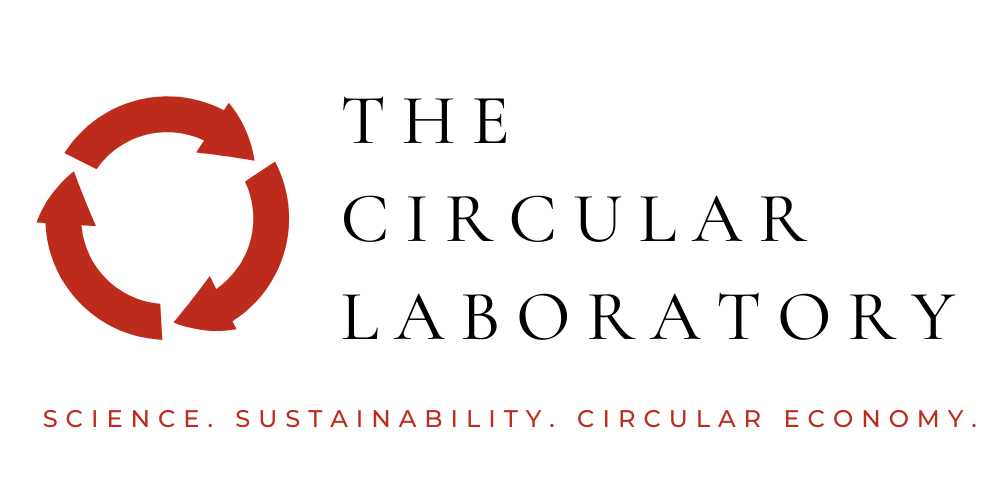
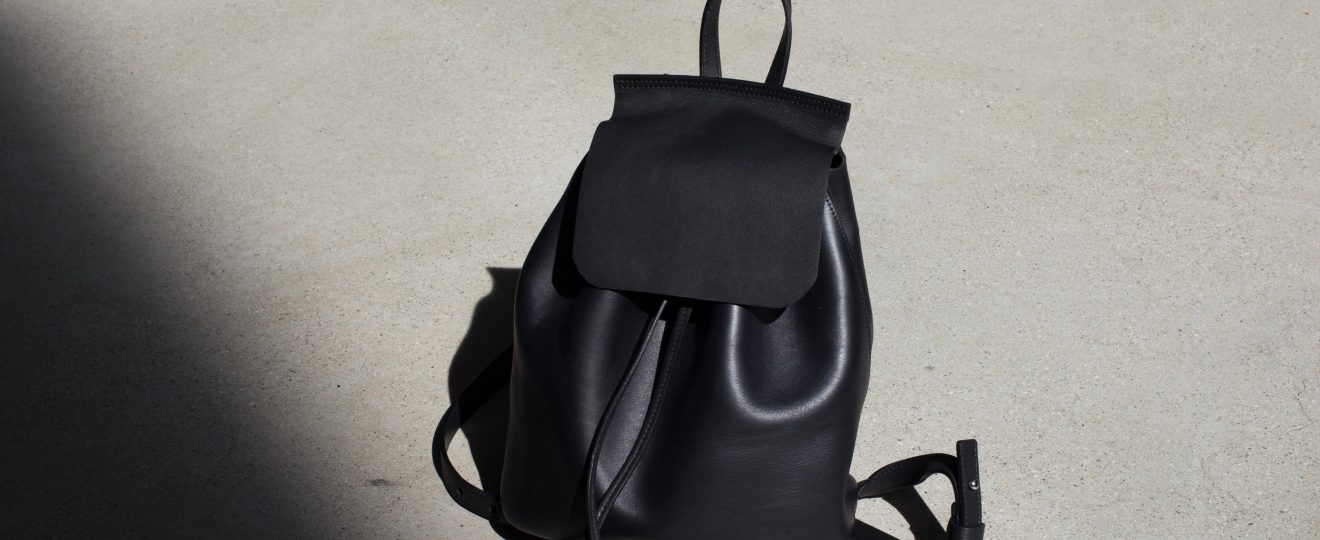
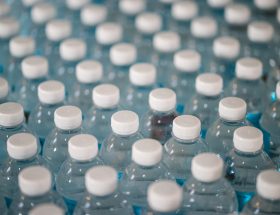
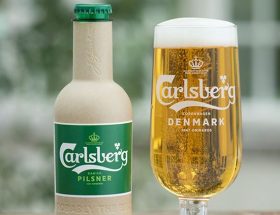


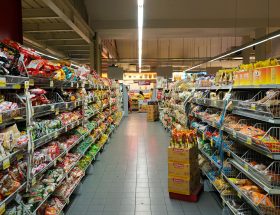

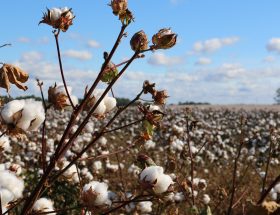
[…] è esemplificato in modo eccellente da un paio di case-histories in questo articolo di Ashley Holding e Paula Lorenz, il “green marketing” non è solo la promozione di […]
[…] it is excellently exemplified with a couple of case-histories in this article from Dr. Ashley Holding and Paula Lorenz, the “green marketing” hype is not only promoting unsustainable goods to naive, ill-informed […]
[…] Source: Marketing Hype: Why Plant-and-Plastic Hybrids Are The Worst of Both Worlds – The Circular Labo… […]
[…] Marketing Hype: Why Plant-and-Plastic Hybrids Are The Worst of Both Worlds […]
[…] Marketing Hype: Why Plant-and-Plastic Hybrids Are The Worst of Both Worlds […]
[…] few months ago, Paula Lorenz and I posted an article titled ‘Marketing Hype or Reality: Why Plant and Plastic Hybrids are the Worst of Both Worlds’ here on The Circular Laboratory. Some brands and consumers are interested in purely biological […]